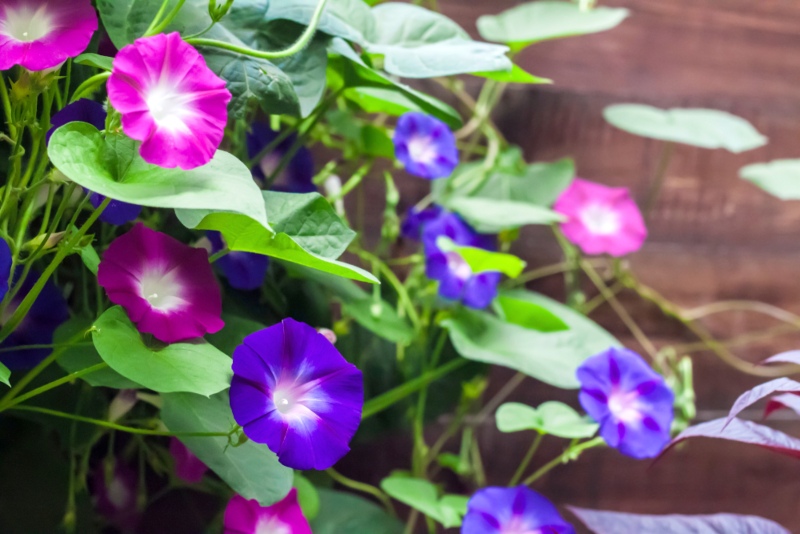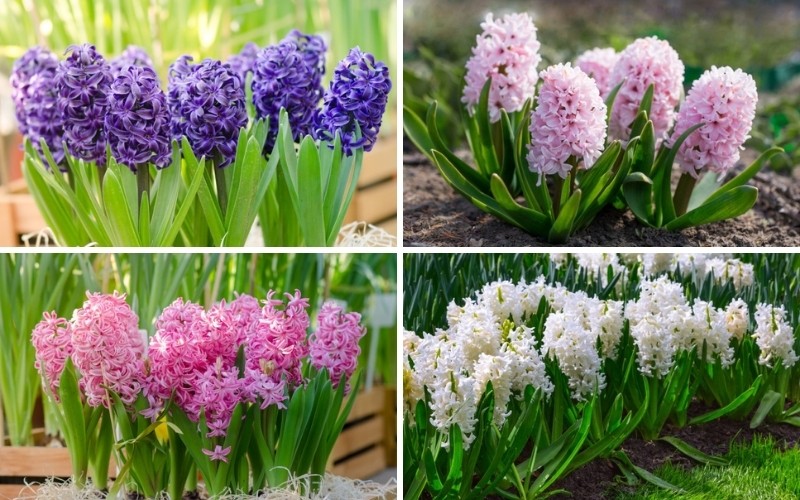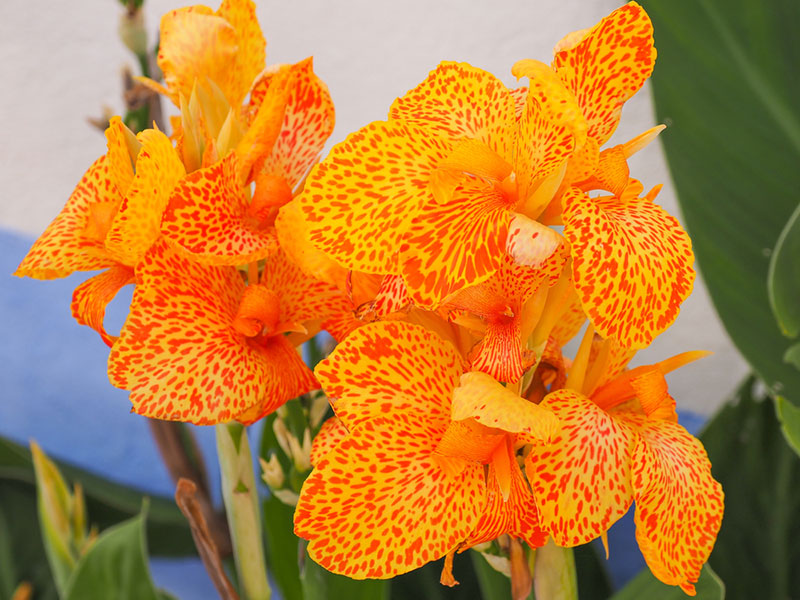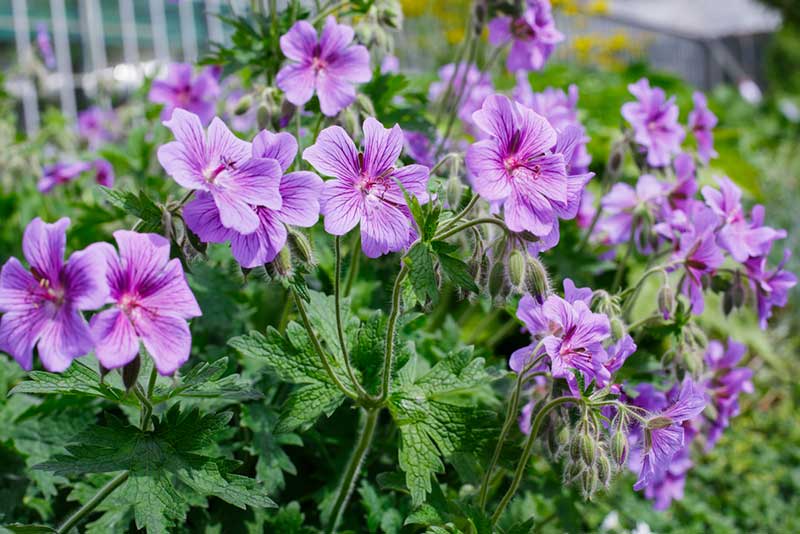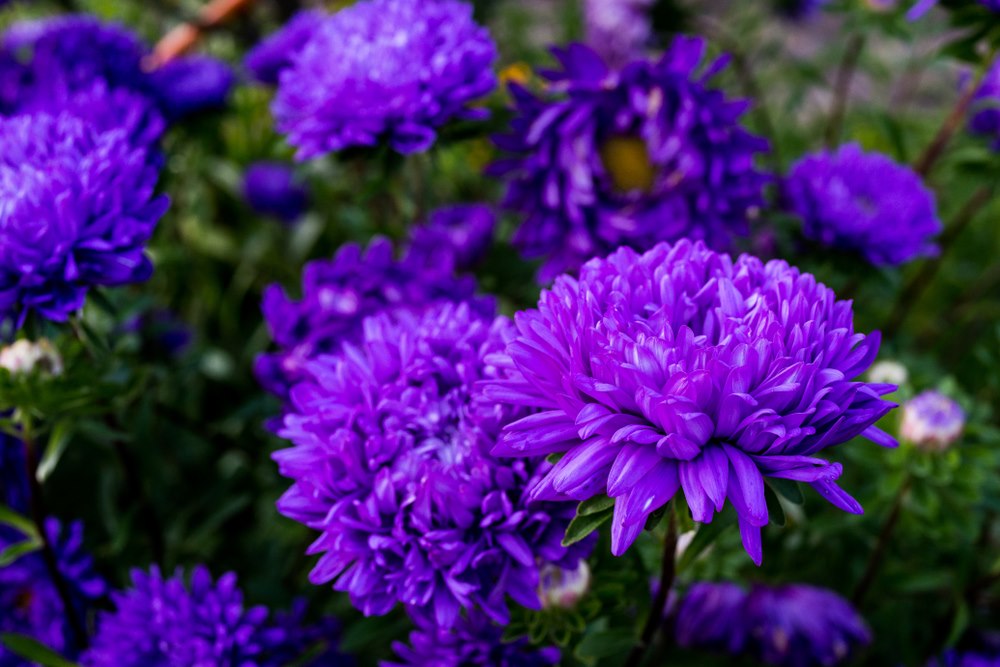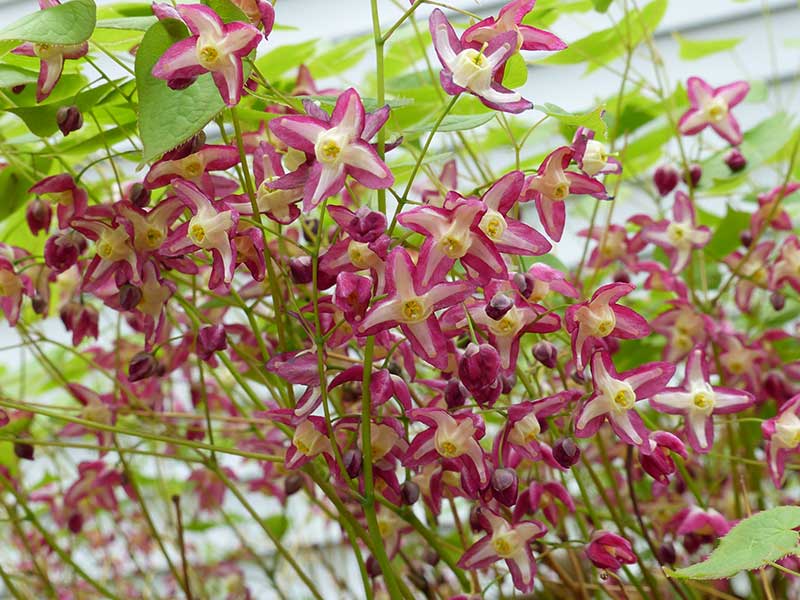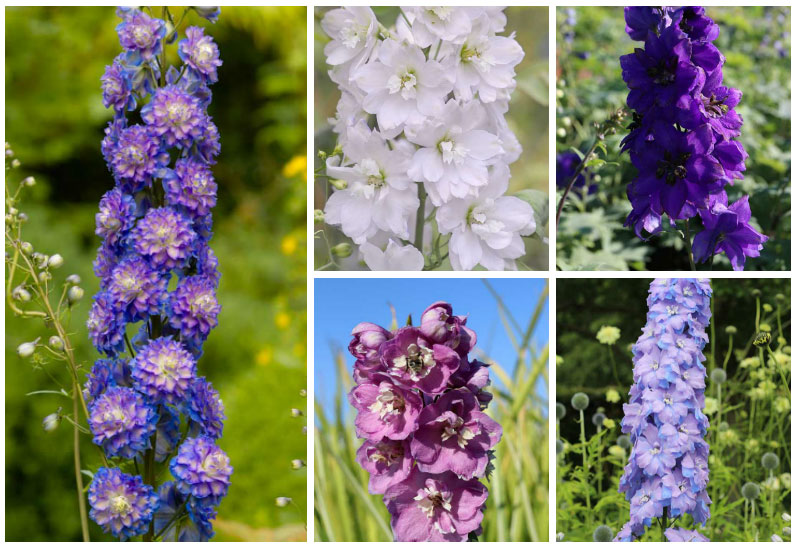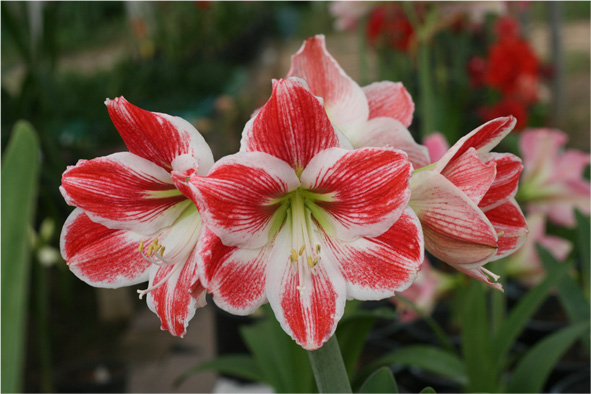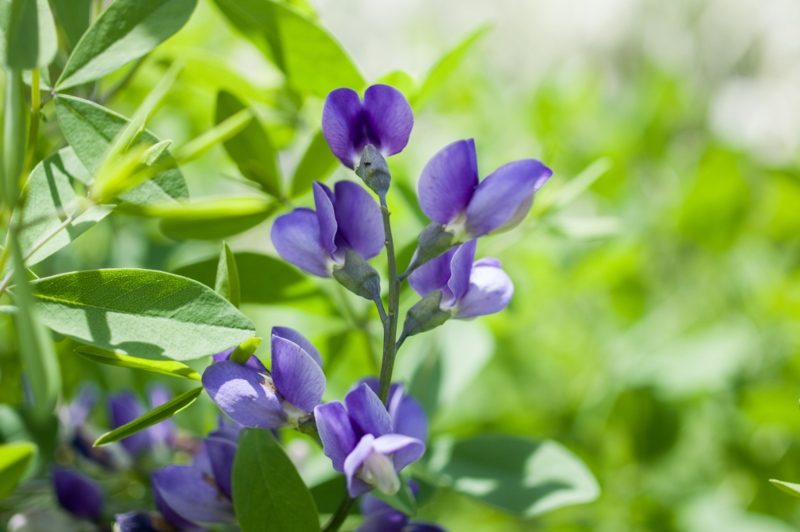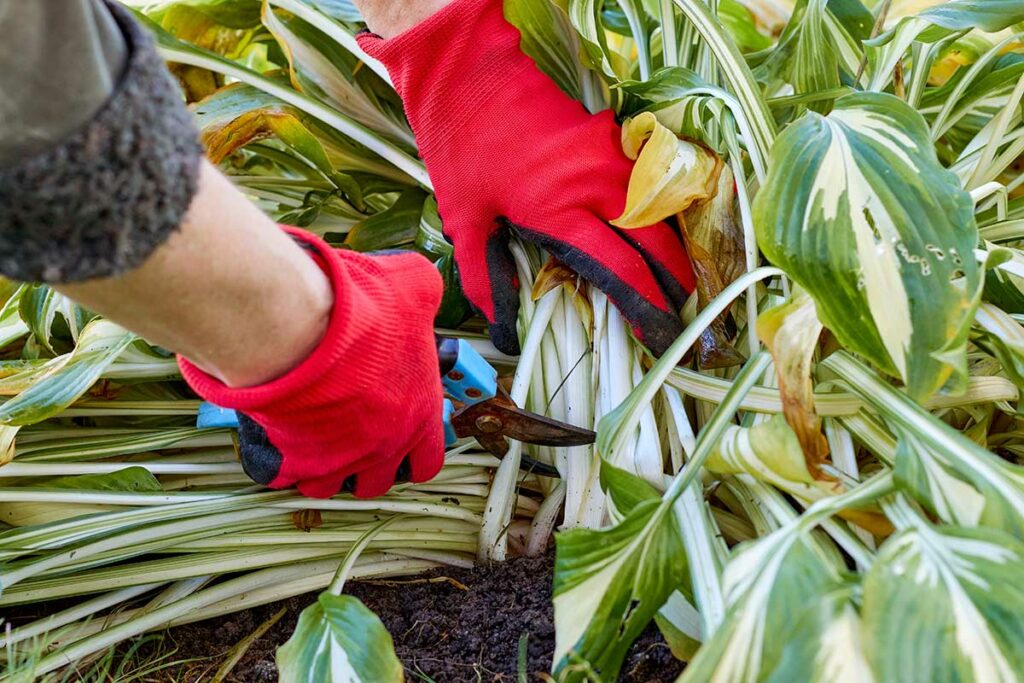
As the vibrant colors of summer begin to fade, it’s time to start thinking about preparing your garden for the cooler months. Your plants have worked hard all season, and cutting back certain ones can help them stay healthy and strong.
Trimming these plants now can prevent diseases from taking hold over the winter. By taking a few simple steps in the fall, you can ensure that your garden will spring back to life more beautifully than ever.
This guide will help you identify which plants need a little extra care as the season changes.
1. Peonies
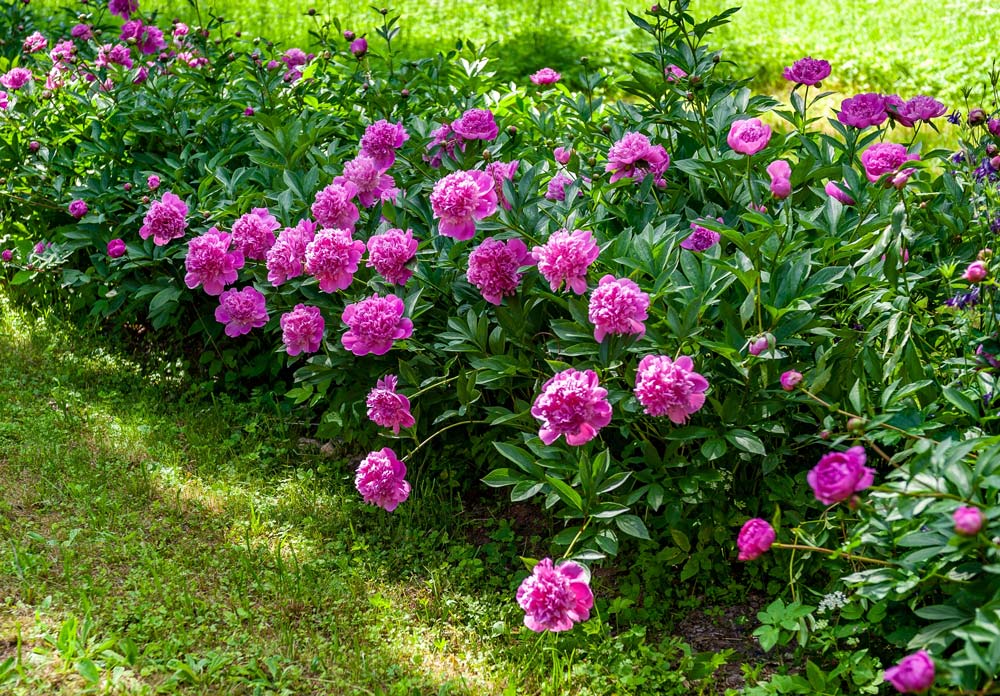
You should cut back your peonies in the fall to prevent diseases like botrytis and powdery mildew. Trim the stems close to the ground after the first frost.
This helps eliminate any infected foliage and reduces the risk of disease next spring. Dispose of the cuttings properly, never composting them, to avoid spreading pathogens.
2. Hostas

Hostas are popular for their lush foliage and shade tolerance.
Cutting back your hostas in the fall can help prevent disease and pest infestations over winter.
Trim them down to about two inches above the soil. This helps to clear out dead leaves where pests and fungi could hide.
3. Bee Balm
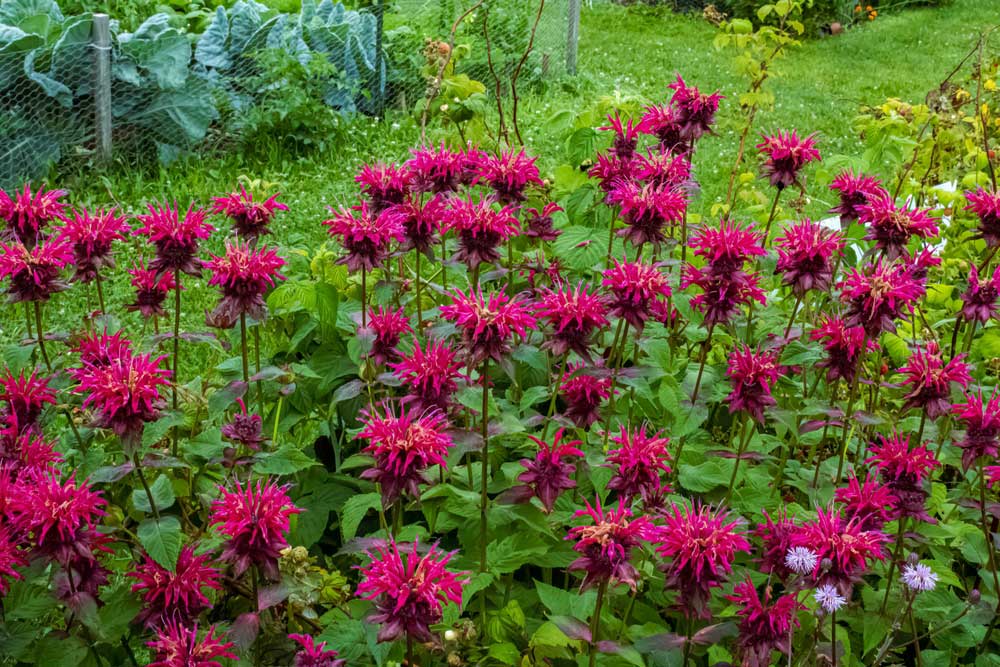
Cutting back bee balm in the fall prevents powdery mildew and other diseases. Trim stems to about two inches above the ground.
This helps remove any diseased or dead foliage and prepares the plant for healthy new growth in the spring. Plus, it keeps your garden neat and tidy during the winter months.
4. Phlox
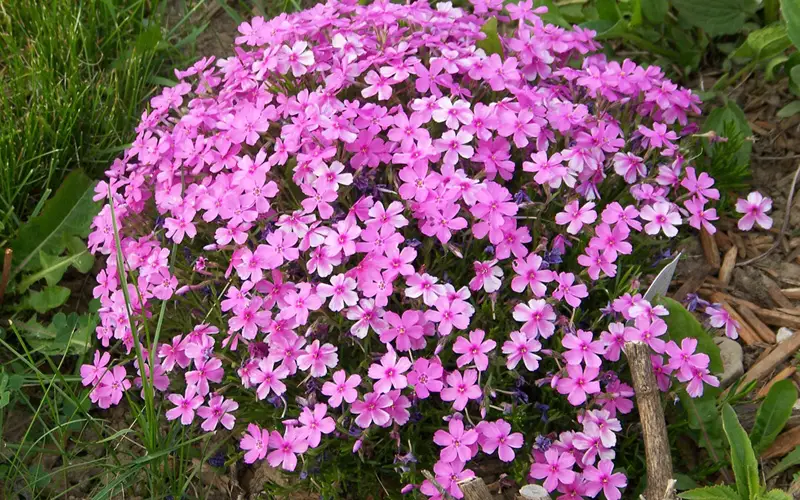
To keep phlox healthy, trim back the stems in the fall.
This helps prevent powdery mildew, a common disease for this plant.
Cut the stems down to a few inches above the soil.
Dispose of the cuttings to avoid spreading any lingering spores.
By doing this simple task, you ensure a lush and vibrant bloom next year.
5. Catmint (Nepeta)
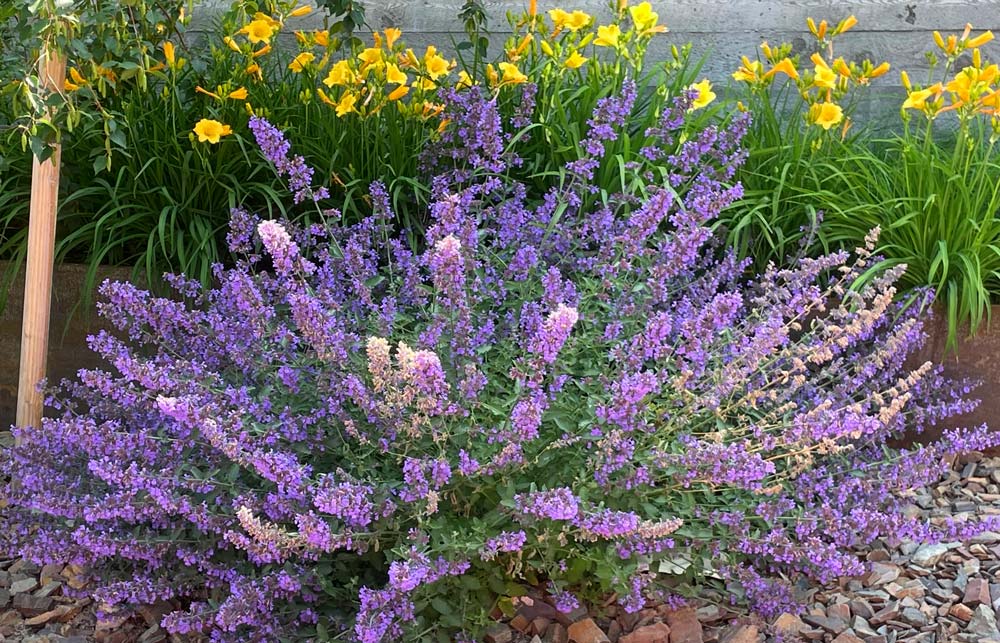
Catmint, or Nepeta, benefits from a fall trim to prevent disease.
Cutting it back will also help maintain a tidy garden appearance.
Trim the plants down to a few inches above the ground.
6. Daylilies
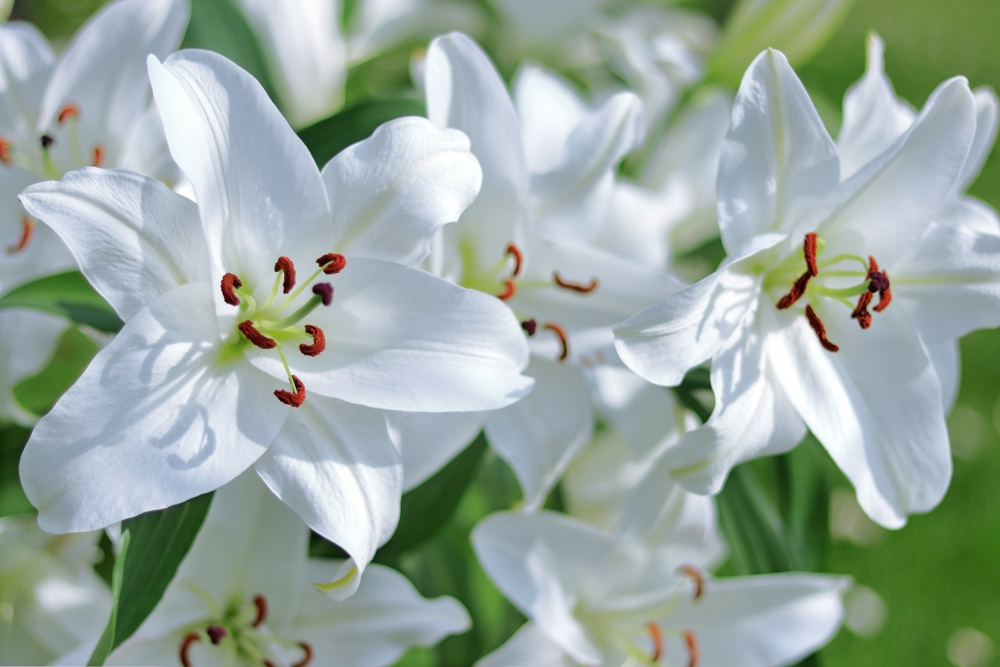
Cut back your daylilies in the fall to help prevent disease. Removing spent foliage reduces the risk of fungal infections. Trim the leaves down to just a few inches above the soil. This practice also tidies up your garden, preparing it for the winter months ahead.
7. Lilies
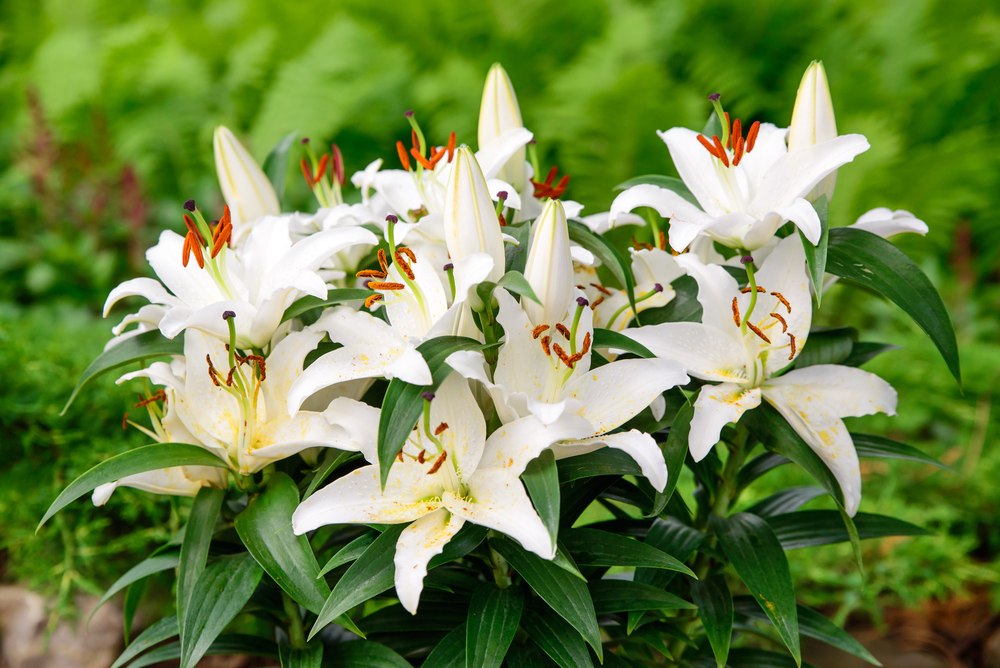
Cutting back lilies in the fall helps prevent disease.
Trim the stalks down to the ground once they turn brown.
Dispose of the cuttings to keep your garden tidy and healthy.
8. Rudbeckia
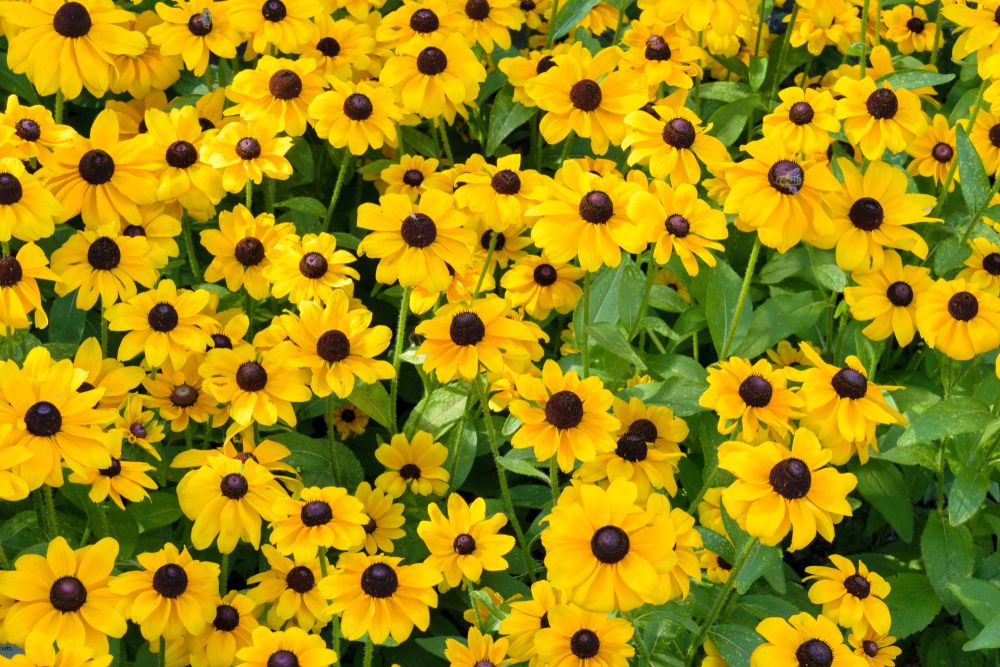
Rudbeckia, known for its bright, cheerful flowers, is a favorite in many gardens. Cutting back this plant in the fall can help prevent disease and promote healthy growth in the spring.
Trim the stems down to the base once the flowers and leaves start to die back. This simple step ensures a healthier plant next season.
9. Bearded Iris (Iris germanica)
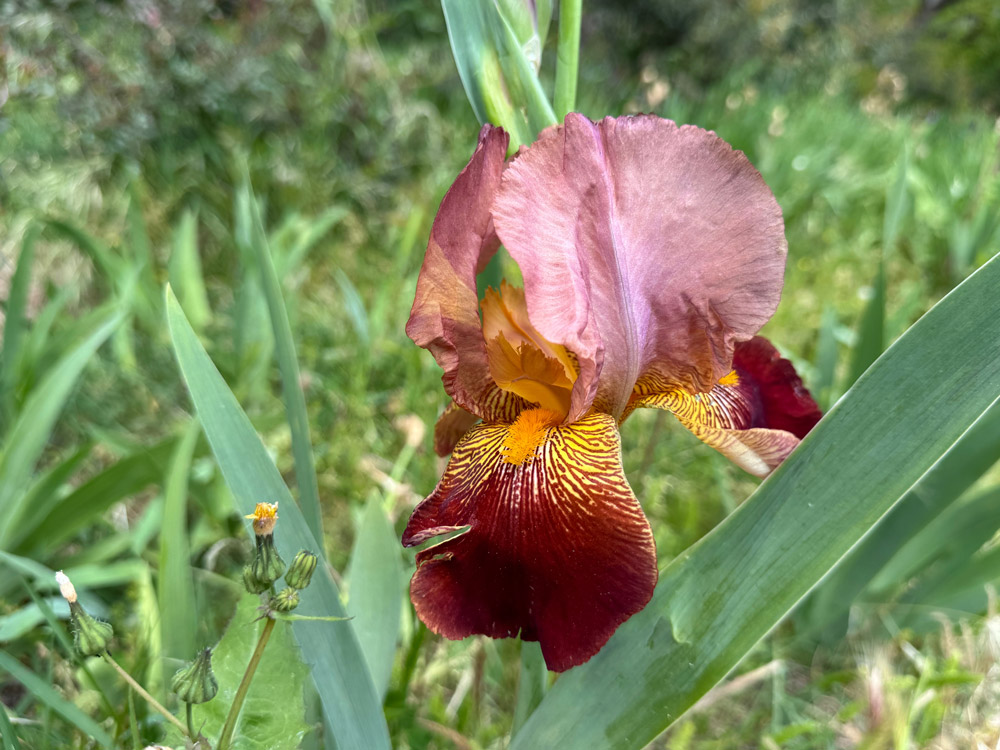
You need to cut back Bearded Iris in the fall to keep diseases at bay. After they have bloomed, remove any dead or yellowing leaves.
This simple step helps to prevent rot and fungal issues. By tidying up the plant, you ensure it’s healthy and ready for the next growing season.
10. Yarrow
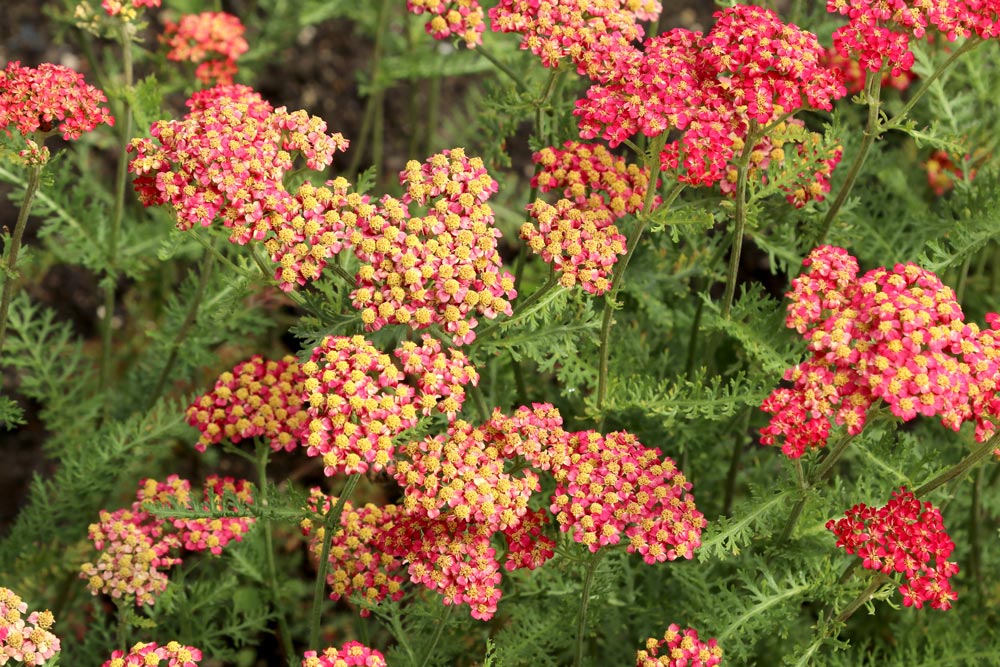
Yarrow benefits from a good trim in the fall. This helps prevent diseases like powdery mildew from taking hold.
When you cut back yarrow, make sure to trim the stems down to about an inch above the soil.
Doing this also encourages healthy growth for the next season. Plus, it helps keep your garden looking tidy.
Importance of Cutting Back Plants in Fall
Cutting back plants in the fall helps prevent disease and promotes healthy growth. By addressing these tasks before winter, your garden will be better prepared to thrive in the spring.
Preventing Disease
Cutting back plants removes any diseased or dead parts that could harbor pathogens over the winter months. Fungi and bacteria can easily overwinter in plant debris.
By eliminating these sources, you significantly reduce the risk of disease spreading to healthy parts of your garden next season. Regular fall pruning also allows you to inspect plants closely, identifying any early signs of disease that may not be visible in dense foliage.
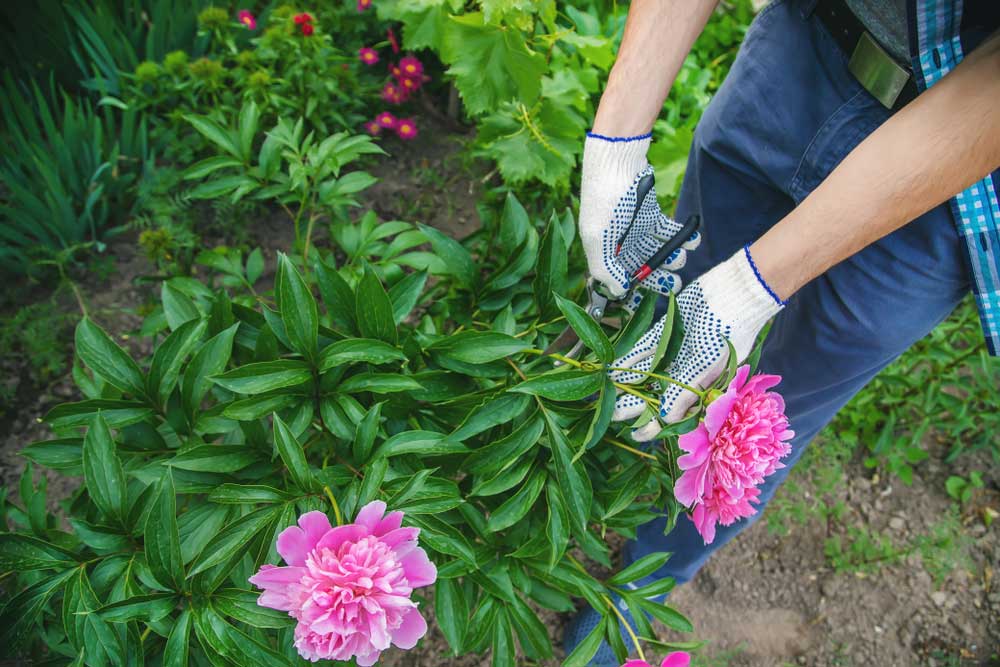
Promoting Healthy Growth
Pruning in the fall helps ensure that plants grow back stronger when spring arrives. Shedding unwanted growth allows plants to direct their energy towards developing robust roots and healthier shoots.
This focused energy allocation can result in larger blooms and fruit production. Additionally, cutting back plants helps maintain their overall shape and prevents overcrowding, giving each plant enough space to breathe and access nutrients.
Best Practices for Fall Pruning
Proper fall pruning minimizes plant disease and promotes healthy growth in the spring. It’s essential to use the correct tools and techniques, and to properly dispose of plant debris.
Choosing the Right Tools
Choose sharp, clean tools for pruning. Essential items include bypass pruners for small branches, loppers for thicker limbs, and a pruning saw for large branches. Sterilize tools with a solution of one part bleach to nine parts water to prevent spreading diseases.
Invest in a sturdy pair of gardening gloves to protect your hands from thorns and rough branches. Ensure all tools are well-maintained and rust-free for optimal performance.
Proper Pruning Techniques
Cut at a 45-degree angle away from the bud to prevent water damage. Remove any dead, diseased, or damaged branches first. Then, thin out crowded areas to improve air circulation.
Avoid cutting too close to the bud or leaving a long stub, as this can cause dieback. For larger branches, use the three-cut method to avoid damaging the plant: a small undercut, a top cut to remove the branch, then a final cut to clean up.
Disposing of Plant Debris
Collect all fallen leaves, branches, and other plant debris. Infected debris should be bagged and disposed of to prevent disease spread.
Compost healthy plant material or use it as mulch. Do not compost diseased plant matter, as it can infect your compost pile. Regularly clean up your garden area to maintain plant health and curb the spread of pests and diseases.
Doing these tasks ensures a healthier garden and prepares your plants for a robust spring resurgence.

Common Mistakes to Avoid
When cutting back plants in the fall, a few common mistakes can hinder your efforts and even promote disease. Being mindful of these pitfalls will ensure healthier plants come spring.
Over-Pruning
Over-pruning can stress your plants and make them more susceptible to diseases. Always remember that less can be more.
Aim to only remove dead or diseased parts. Cutting too much healthy growth can reduce the plant’s ability to recover.
Using the right tools is crucial. Make sure your pruning shears are sharp and clean to prevent the spread of pathogens.
Resist the urge to trim too much at once. An overly pruned plant can become weakened and vulnerable.
Pruning at the Wrong Time
The timing of your pruning activities is as important as the act itself. Pruning too early can stimulate new growth that will be too tender to withstand winter’s harsh conditions.
Wait until the plants are dormant, usually after the first hard frost. Cutting back during the wrong season can also spread disease, especially in warmer climates where pathogens are more active.
In some cases, it’s best to wait until early spring. Certain plants have specific pruning windows to maximize health and blooming potential. Always check guidelines for each type.





